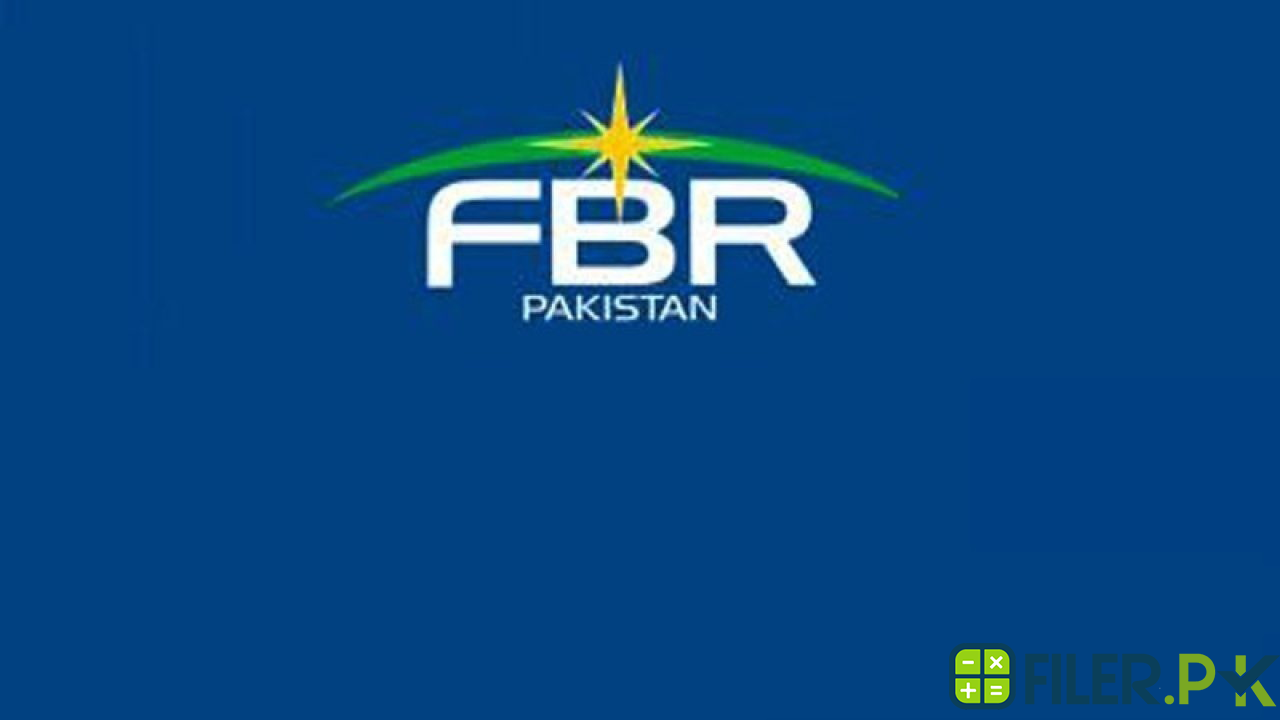
Withholding Tax on Vehicle Registration and Transfer
Federal Board of Revenue (FBR) has recently updated the Withholding tax rates on any vehicle

Federal Board of Revenue (FBR) has recently updated the Withholding tax rates on any vehicle

The Government of Pakistan has provided citizens an online system for vehicle verification in Pakistan

1- Purpose of Dedicated Division Formation Existing Structure: FBR has a complex mechanism for exporters/business/trader
We’re the first Pakistani site that allows tax filing by people in an easy way. To spread awareness, the concept of tax system also covers a number of issues.
The Business Consultants Suite No. 2, 3rd floor, Haq Center, 5th Road
Commercial Market D-Block, Satellite Town, Rawalpindi
adnan@thebusinessconsultants.pk
adnan.tbc@gmail.com
+92 514 426 579
+92 333 512 8026
Powered by OffSetup